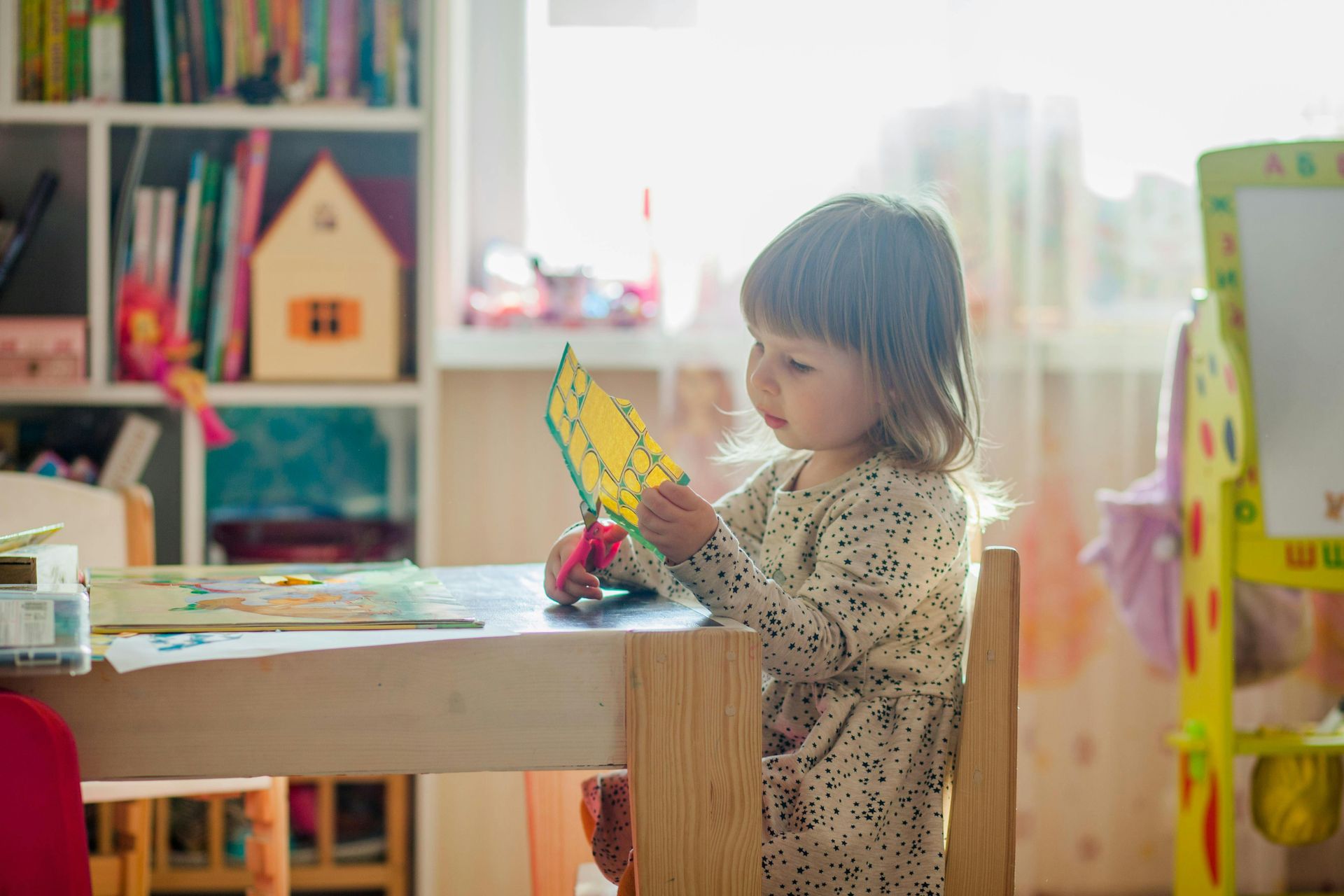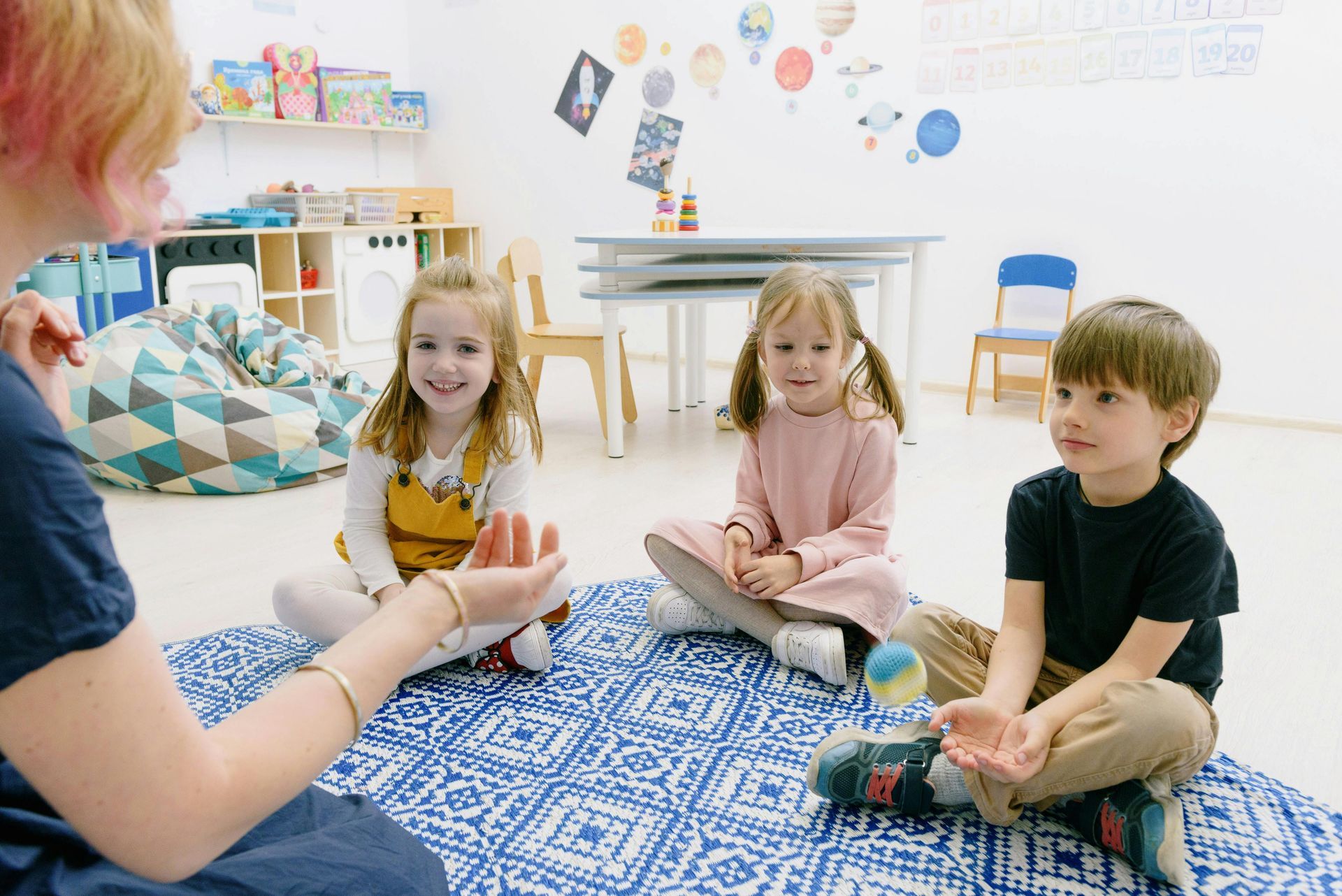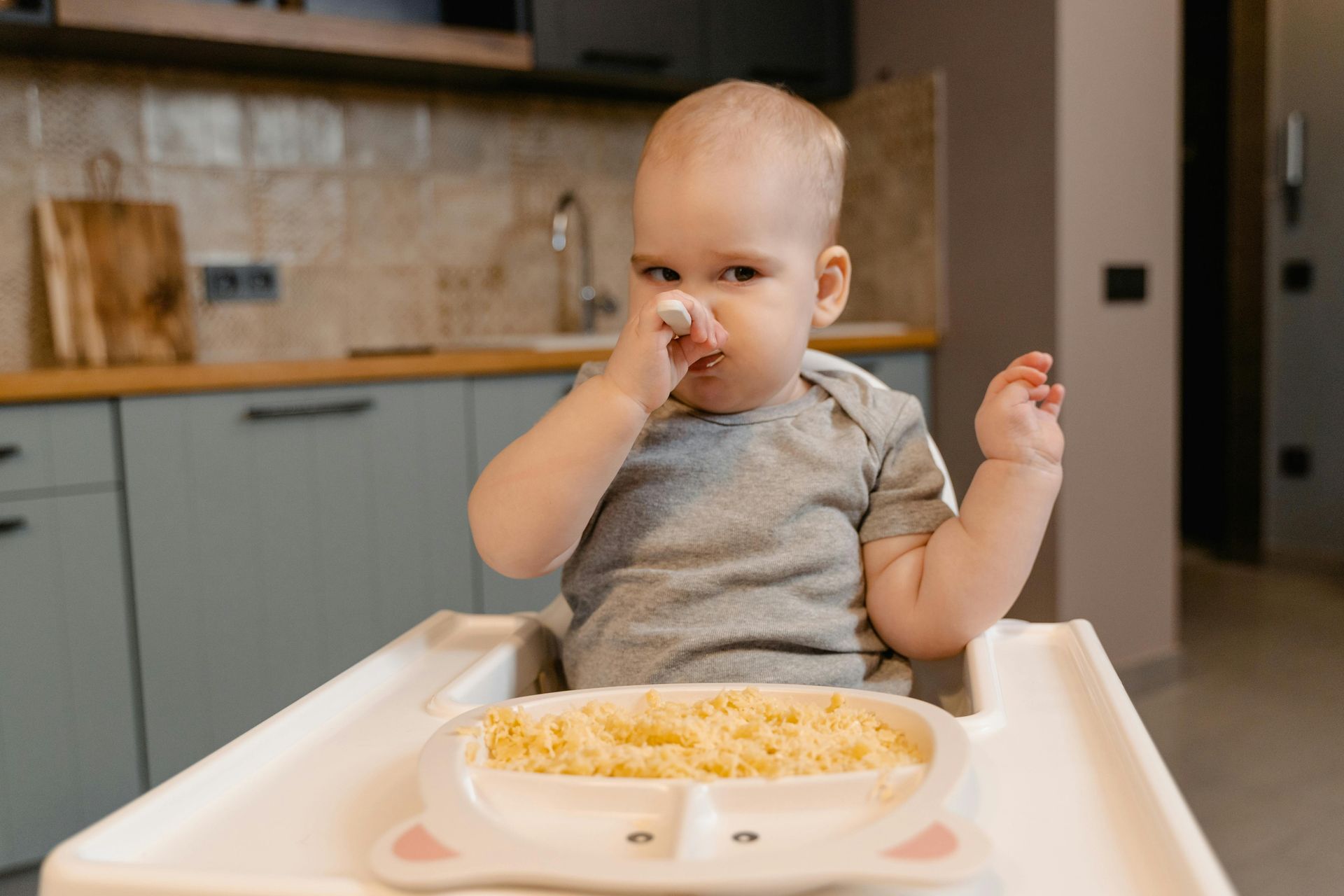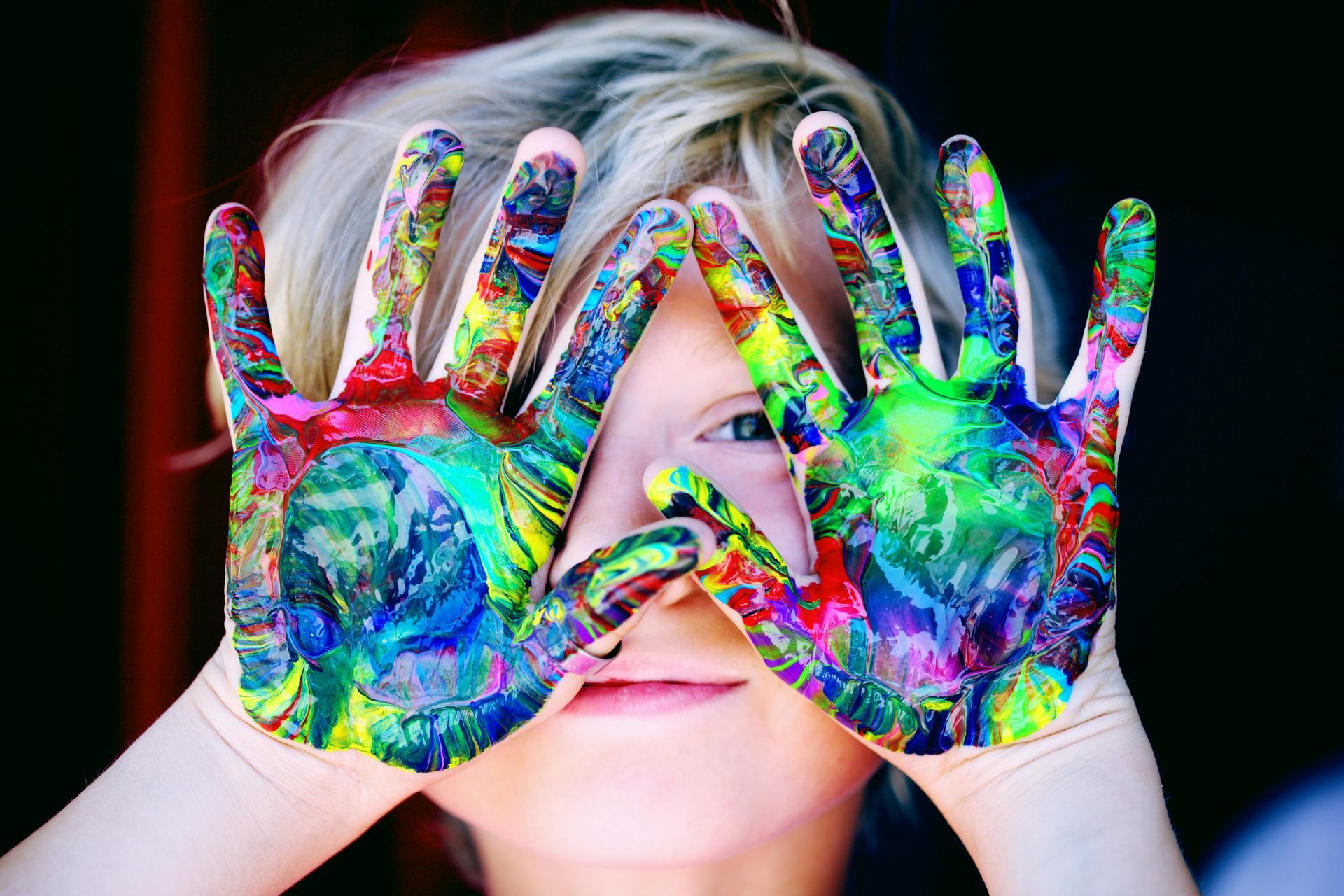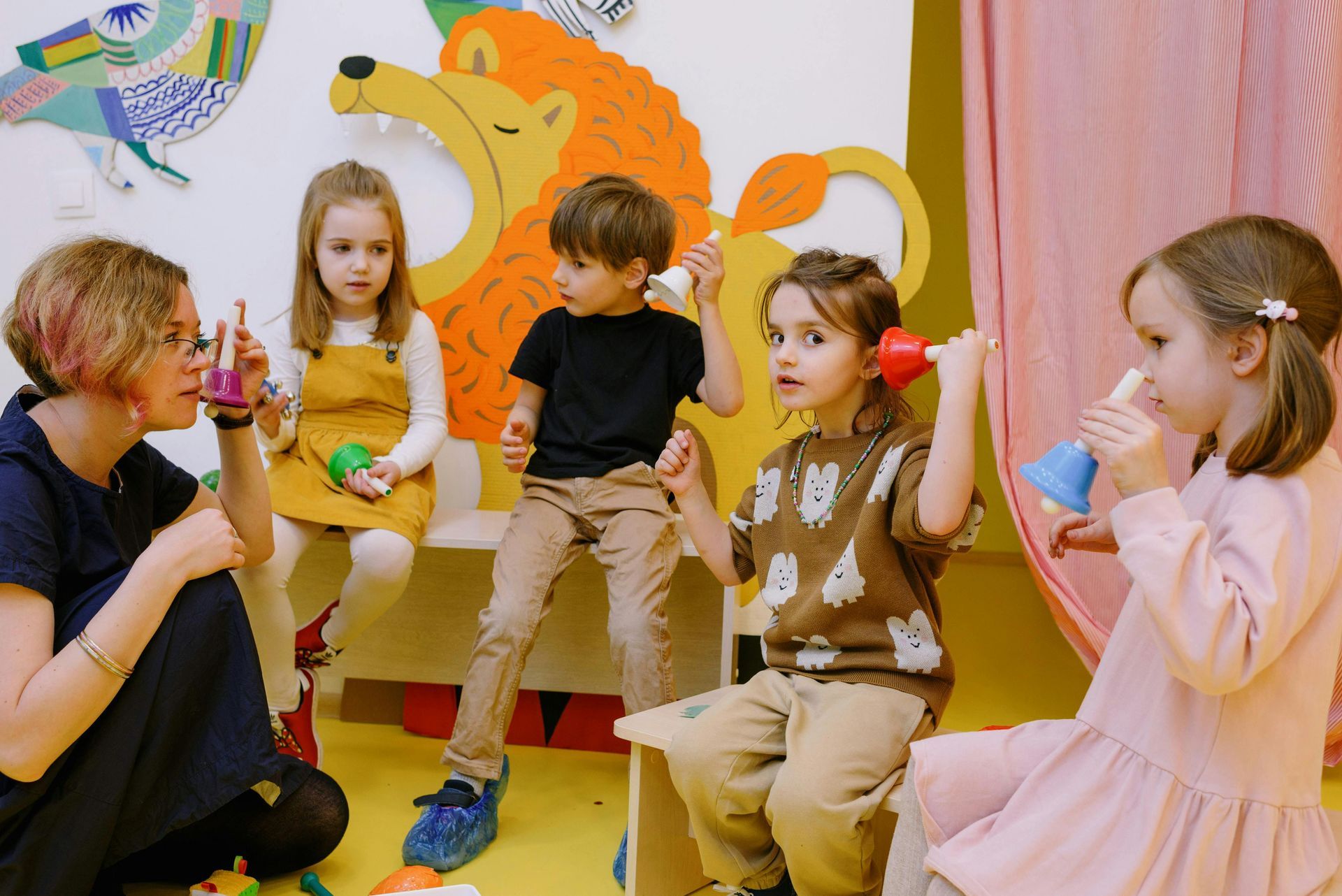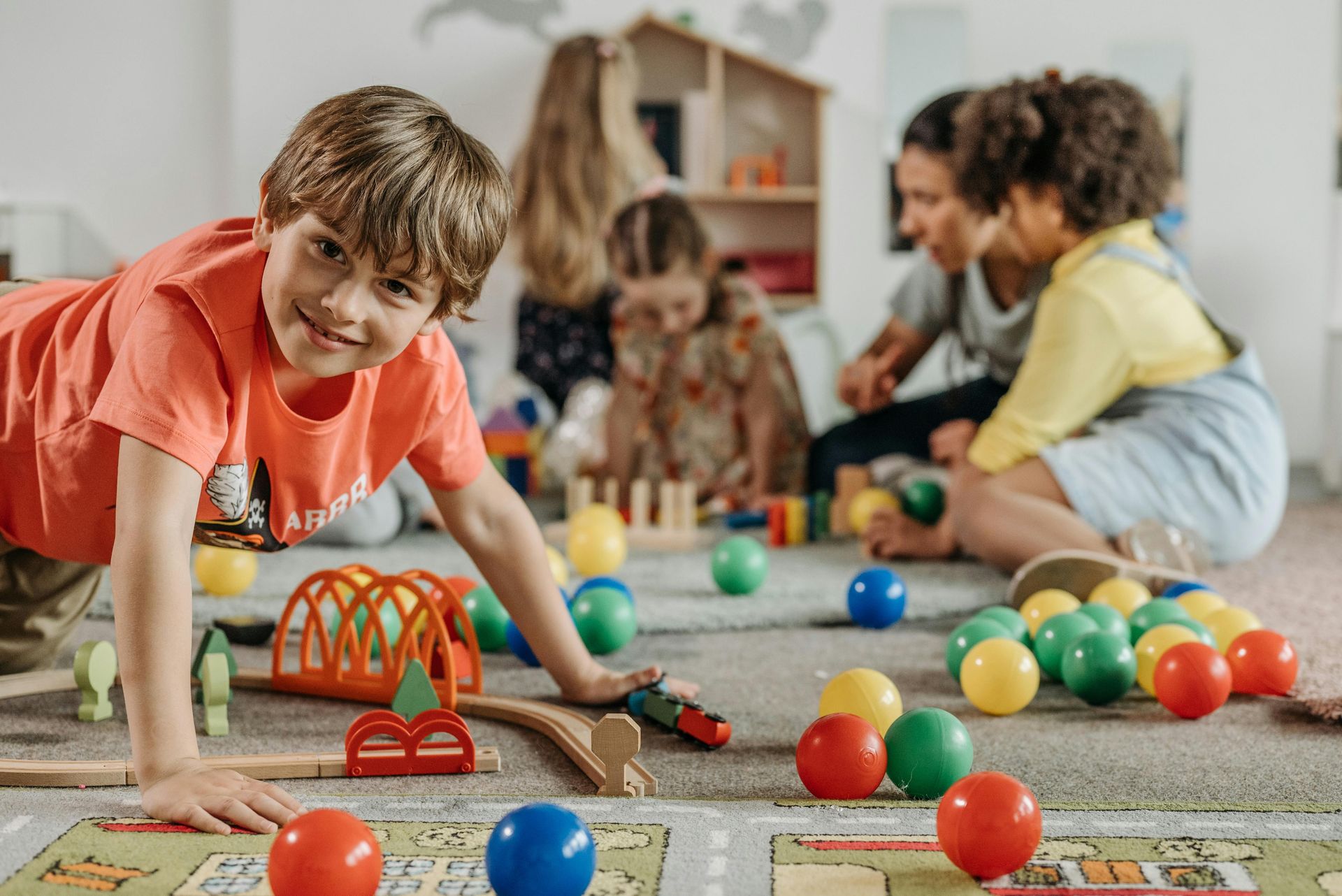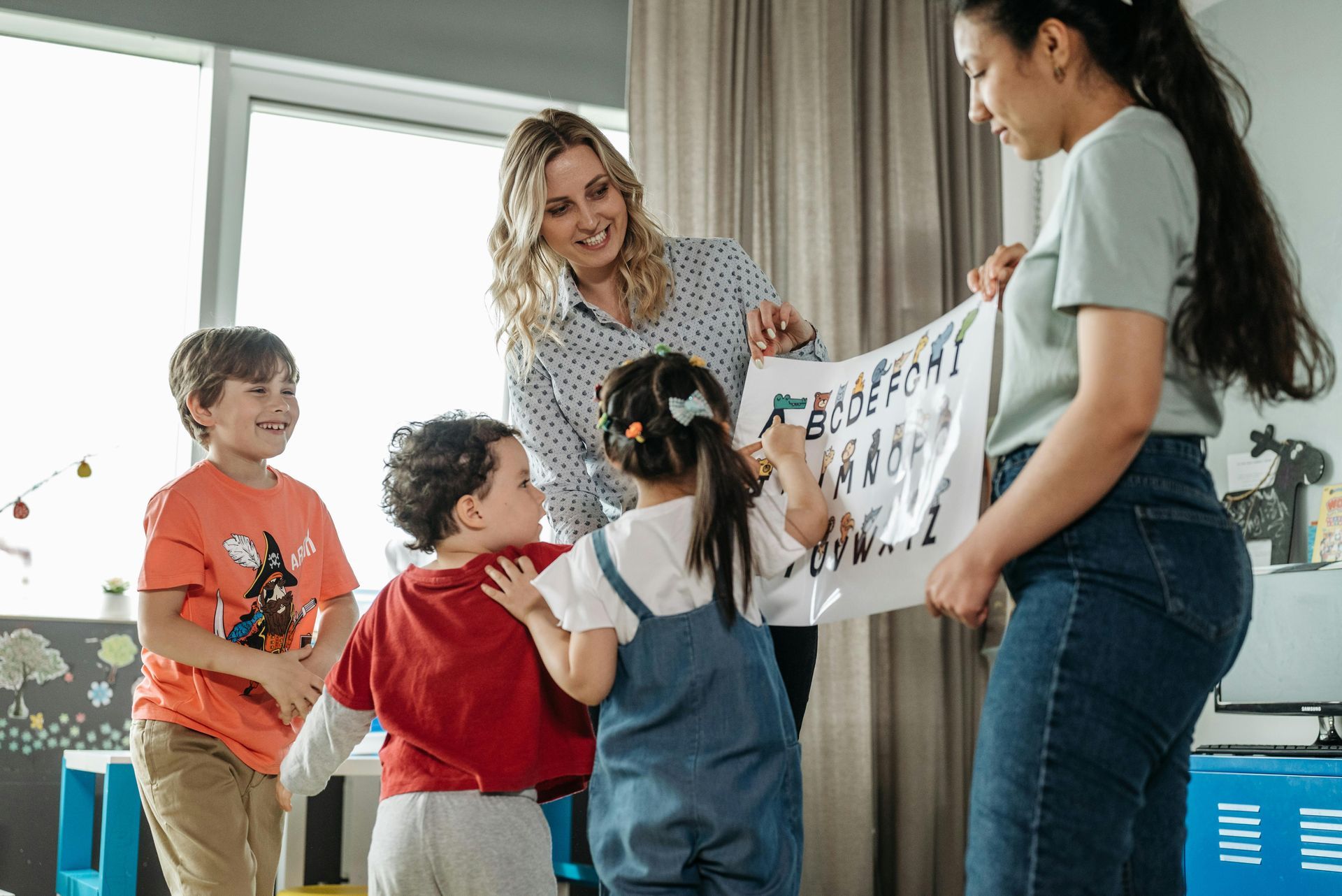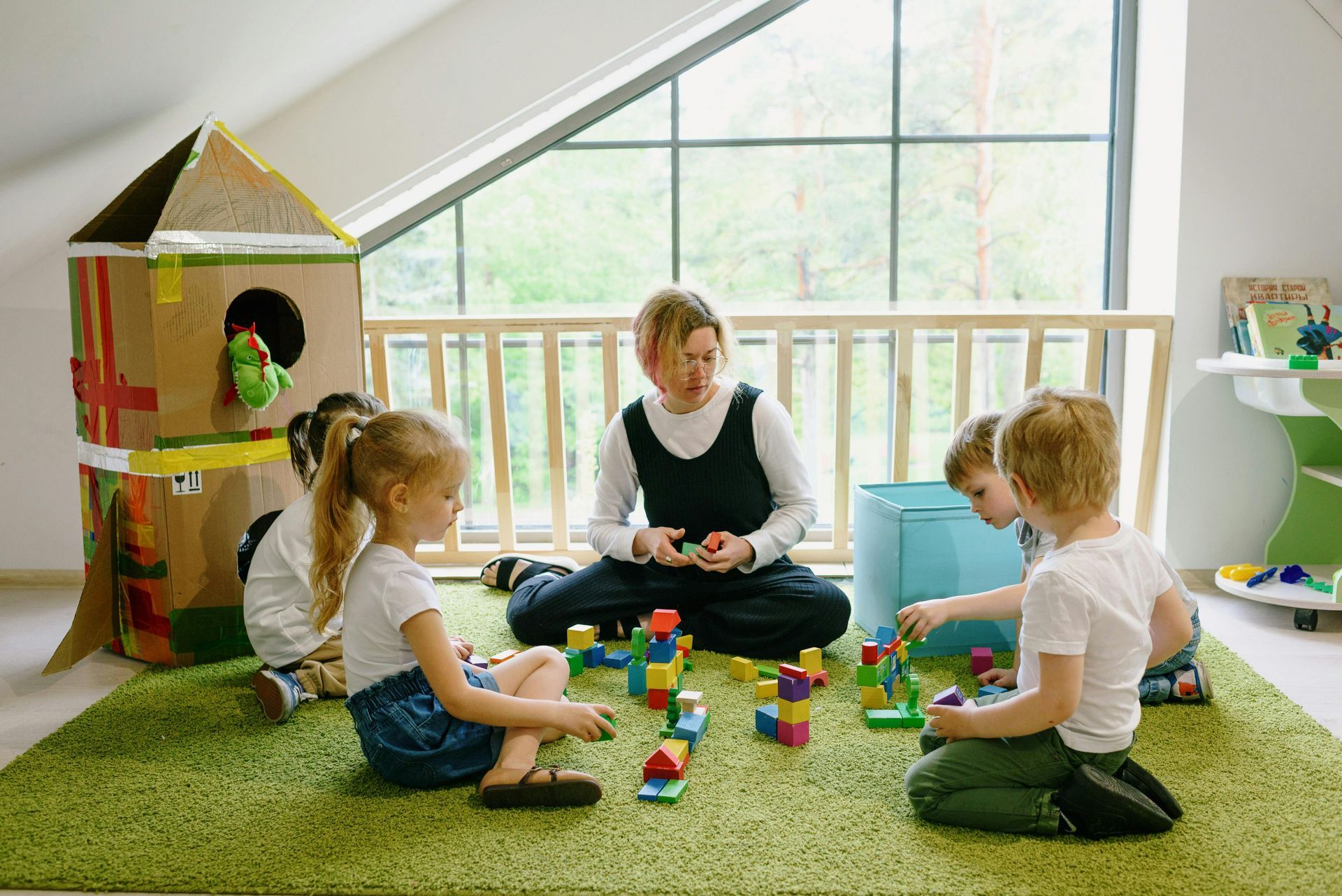Tiny Hands, Big Hearts: Teaching Compassion and Kindness in Early Childhood

In a world that often moves too fast, one of the greatest gifts we can give our children is the ability to pause, connect, and care. While academic skills like counting and reading are important, social-emotional learning—particularly empathy, kindness, and compassion—lays the foundation for meaningful relationships and emotional well-being throughout life.
At Playtime Academy, we believe that teaching kindness isn’t a side lesson—it’s a daily practice. Through intentional interactions, group play, and real-life moments, we help our little learners build the emotional muscles they need to thrive in a diverse and ever-changing world.
Why Start Early? Compassion Begins in Preschool
Research shows that children as young as two years old can begin to understand and express empathy. These early years are a sensitive period where children are naturally tuned in to emotions—both their own and others'. By intentionally cultivating compassionate behaviors at this stage, we can instill values that stick with them for life.
Benefits of Teaching Kindness Early:
- Builds Self-Awareness: Children who understand their own feelings are better equipped to recognize the feelings of others.
- Improves Peer Relationships: Acts of kindness build trust and deepen friendships.
- Reduces Bullying:
A compassionate classroom sets a culture of respect, reducing conflict and exclusion.
- Promotes Mental Health: Kindness boosts serotonin and oxytocin, improving mood and emotional regulation.
How We Teach Compassion at Playtime Academy
At Playtime Academy, teaching compassion is embedded into our daily routines and classroom culture—not just a “nice to have,” but a core value. Here’s how we do it:
1. Modeling from the Top
Our teachers don’t just talk about kindness—they demonstrate it. Whether it’s comforting a child who’s upset or listening intently to a preschooler’s long-winded story, educators model empathy, patience, and respect in every interaction.
2. Emotion Coaching
We help children label and understand their feelings: “It looks like you’re feeling frustrated because the block tower fell.” By validating their emotions, we teach children how to recognize and regulate them—and in turn, better understand others.
3. Kindness Circles
Each morning, we start the day with a “Kindness Circle,” where children take turns sharing one nice thing they did or experienced. This helps them reflect on positive behavior and reinforces the idea that small acts matter.
4. The Kindness Jar
When a child does something thoughtful—like sharing a toy or helping a friend—they get to add a colored stone to our “Kindness Jar.” Once the jar is full, the class celebrates with a special group activity. This collective goal fosters unity and shared responsibility.
5. Storytime With Heart
We use books with strong emotional themes—like “Have You Filled a Bucket Today?” or “The Invisible Boy”—to spark conversations about empathy, generosity, and inclusion. Storytime becomes an avenue for children to relate to characters and discuss what kindness looks like in different situations.
6. Role Play and Puppetry
Using puppets and dramatic play, children explore real-life scenarios like resolving conflicts, welcoming a new friend, or helping someone in need. These simulations make abstract concepts like empathy more tangible and accessible.
Real Stories, Real Impact
Here are a few moments we’ve seen recently that highlight the impact of our compassionate curriculum:
- Mia, age 4, noticed a new classmate sitting alone and invited them to play kitchen. When asked why, she said, “Everyone should have a friend to cook with.”
- Noah, age 3, helped his friend clean up spilled blocks and said, “It’s okay, accidents happen.” A simple statement that showed emotional maturity and support.
- During a class art project, a group of students spontaneously started making “thank you” cards for their teacher—just because “she helps us every day.”
These seemingly small gestures are the building blocks of a compassionate community.
How Parents Can Reinforce Compassion at Home
Compassion isn’t just taught in the classroom—it thrives when reinforced at home. Here are a few simple strategies parents can use:
- Practice Empathy Talk: When watching shows or reading books, ask, “How do you think that character feels?” or “What would you do if that happened to a friend?”
- Create a Family Kindness Challenge: Aim for one act of kindness per day as a family. It could be helping a neighbor, calling a grandparent, or even complimenting a sibling.
- Praise Character, Not Just Achievement: Celebrate acts of kindness as enthusiastically as academic success. Try, “I’m proud of how you helped your friend today.”
- Be a Role Model: Children mirror what they see. Show kindness in your daily actions—whether it’s holding the door open or expressing gratitude.
Discover how outdoor exploration sparks lifelong curiosity in children and how playtime builds emotional awareness by reading our blog posts on
learning beyond the classroom and
the power of emotional intelligence in early childhood.
Conclusion: A Kinder World Starts With Our Littlest Learners
At Playtime Academy, we’re not just shaping students—we’re shaping future citizens of the world. And in today’s fast-paced, often disconnected environment, the ability to connect with compassion is more critical than ever.
By nurturing big hearts in tiny humans, we empower children to approach life with empathy, understanding, and a spirit of community. And we believe that’s the kind of education that truly lasts a lifetime.

